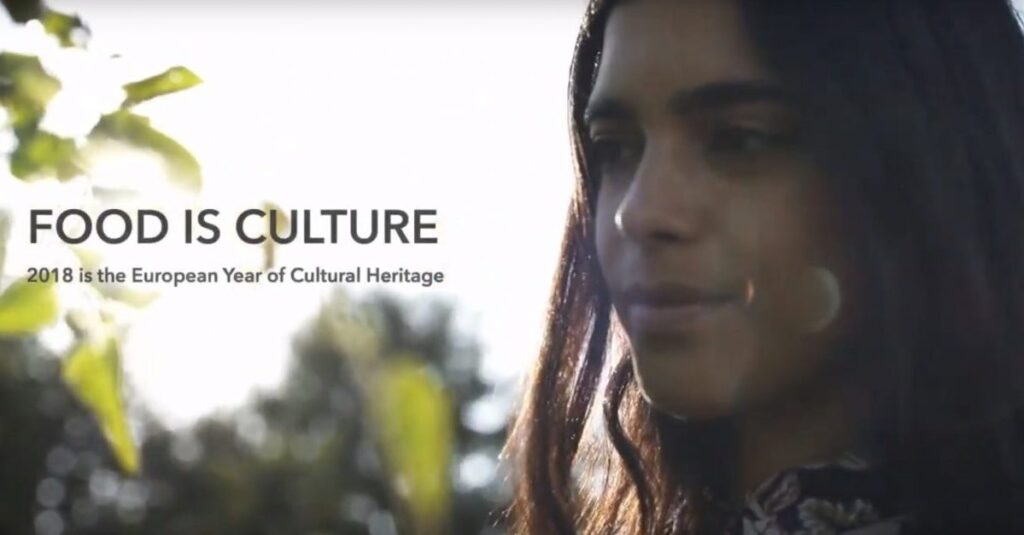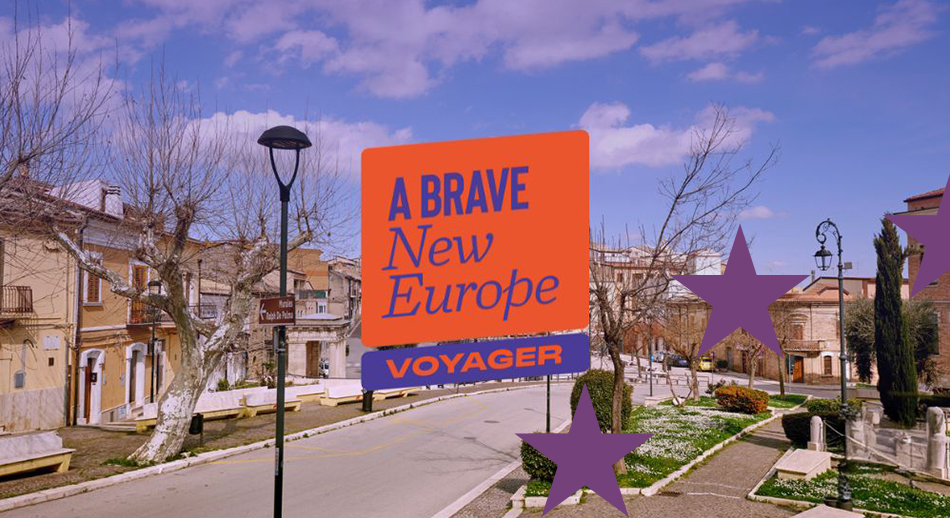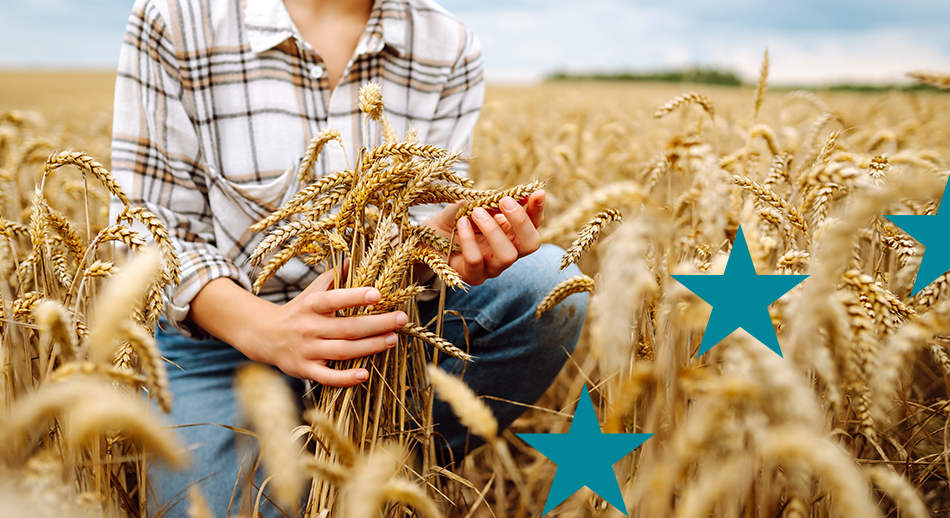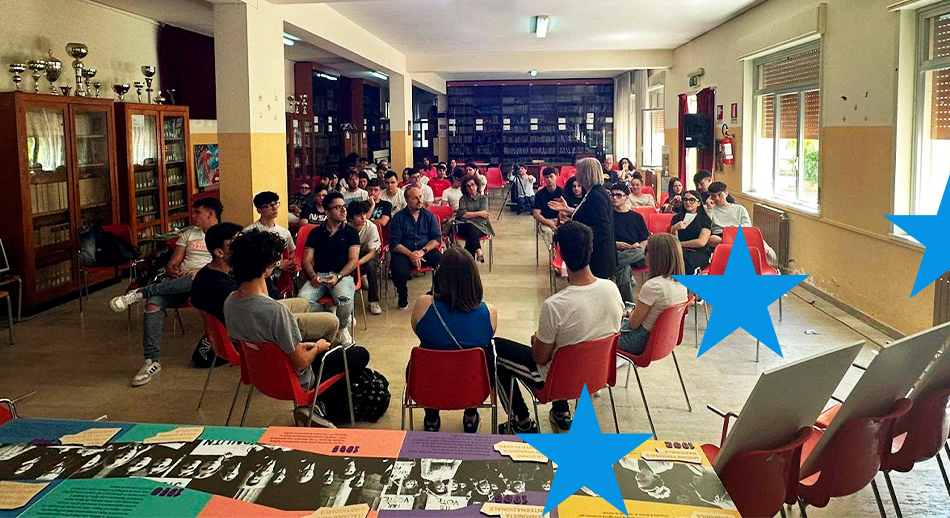We recently recounted the broad outlines of Food is Culture: a project that pursues an interesting reflection on European identity and diversity, promoting its value and uniqueness through actions to safeguard and raise awareness of heritage, food and wine traditions and slow food.
Innovative and profound language for a subject sometimes too everyday, sometimes too trivialized by the mass media to provoke genuine reflection on the cultural value of food.
Elisa Peirone (Slow Food’s international projects and relations office) will tell us about the stages in which their project idea was developed, articulated and is being implemented.
Tell us about your idea: how did it come about? What does it consist of and why is it different from others? What group or organization did you implement it with?
The project takes up an idea that Slow Food has been implementing for 25 years: theArk of Taste, an online catalog that safeguards and enhances disappearing products, productions and techniques in Europe and around the world. A real heritage that, throughout the world and particularly in Europe, expresses belonging and cultural identity; it is the result of thousands of years of migration, mixing and contamination; it is made up of stories, cultures and rituals that need to be protected and enhanced.
Hence the desire to change register and adopt the language of art, the most universal and most suitable code for conveying the richness of European cultures.
This “encroachment” into an unusual sector for Slow Food has gone hand in hand with the development of new partnerships with “insiders” in the art and culture sector-a key step in the first pillar of the project, the creation of a multimedia work on food and European cultural heritage that will tour the museums of Europe this year. But also to effectively open up to worlds and actors not traditionally associated with the food and wine sector: the world of culture, art, schools and migrant organizations.
Through which line of European funds did you fund your project?
The Food is Culture project is funded by the Creative Europe Program (Culture subprogram), as part of a specific call for projects related to theEuropean Year of Cultural Heritage. It was co-funded through a grant from the Fondazione Cassa di Risparmio di Cuneo.
What are the main difficulties you encountered in presenting the project?
The most difficult part was finding and bringing together diverse and high-level partners around our project idea. This is a key aspect in the context of European projects, which must carry (in addition to the technical capacity of the proponents) a transnational dimension and added value for the entire local organisations.
Finding and managing partnerships is an activity that requires a lot of energy and dialogue skills, especially considering that this was Slow Food ‘s first experience in this area and in a Creative Europe-funded project.
But it was a necessary activity to approach this new field and to “speak new languages” within the historical mission of Slow Food. Come to think of it, the path that led to this partnership, and the partnership itself, are the main elements of growth that we benefit from as a result of participating in the project.
What was most helpful to you when preparing your European project, and what would you recommend to someone who wants to finance their own project with European funds?
The support of the Fondazione Cassa di Risparmio di Cuneo was particularly important: its RisorsEuropa initiative contributed to the design costs and directly supported the project through co-financing, which is necessary under European programs.
Specific workshops and meetings, part of the actions provided by RisorEuropa (which includes your Guide as one of its resources) are also very useful for those new to europlanning or a new European program. It is essential to know that you can count on this kind of on help and support when embarking on the adventure of submitting a project.




